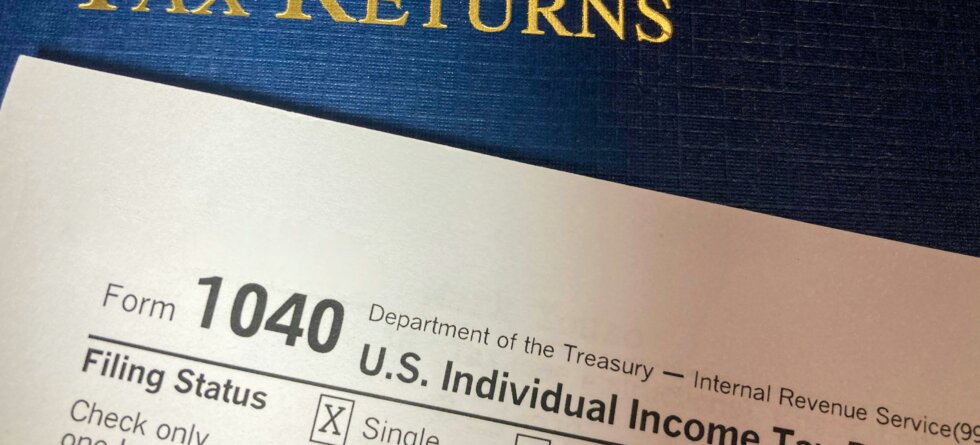The IRS 6-year rule refers to the time limit the IRS has to audit a tax return when a taxpayer substantially understates their income. Specifically, under Internal Revenue Code Section 6501(e)(1)(A), if a taxpayer omits from their tax return income that is more than 25% of the gross income reported on the return, the IRS has six years from the date the return was filed to assess additional taxes.
Here’s a breakdown of the rule…
- Substantial Understatement – The rule applies when there’s a substantial understatement of income, defined as omitting more than 25% of the gross income reported on the tax return.
- Six-Year Statute of Limitations – In cases of substantial understatement of income, the statute of limitations for the IRS to assess additional taxes is extended from the standard three years to six years from the date the tax return was filed.
- Example – If a taxpayer filed their tax return on April 15, 2020, and omitted more than 25% of their gross income, the IRS would have until April 15, 2026 (six years from the filing date) to assess additional taxes.
This rule applies specifically to cases of substantial understatement of income and extends the period during which the IRS can audit the tax return. Taxpayers should ensure the accuracy and completeness of their tax returns and maintain records to support their reported income and deductions to avoid potential issues with the IRS. If you have concerns about your tax situation or are unsure about the applicability of the 6-year rule, consider consulting with a tax professional for guidance tailored to your specific circumstances.




